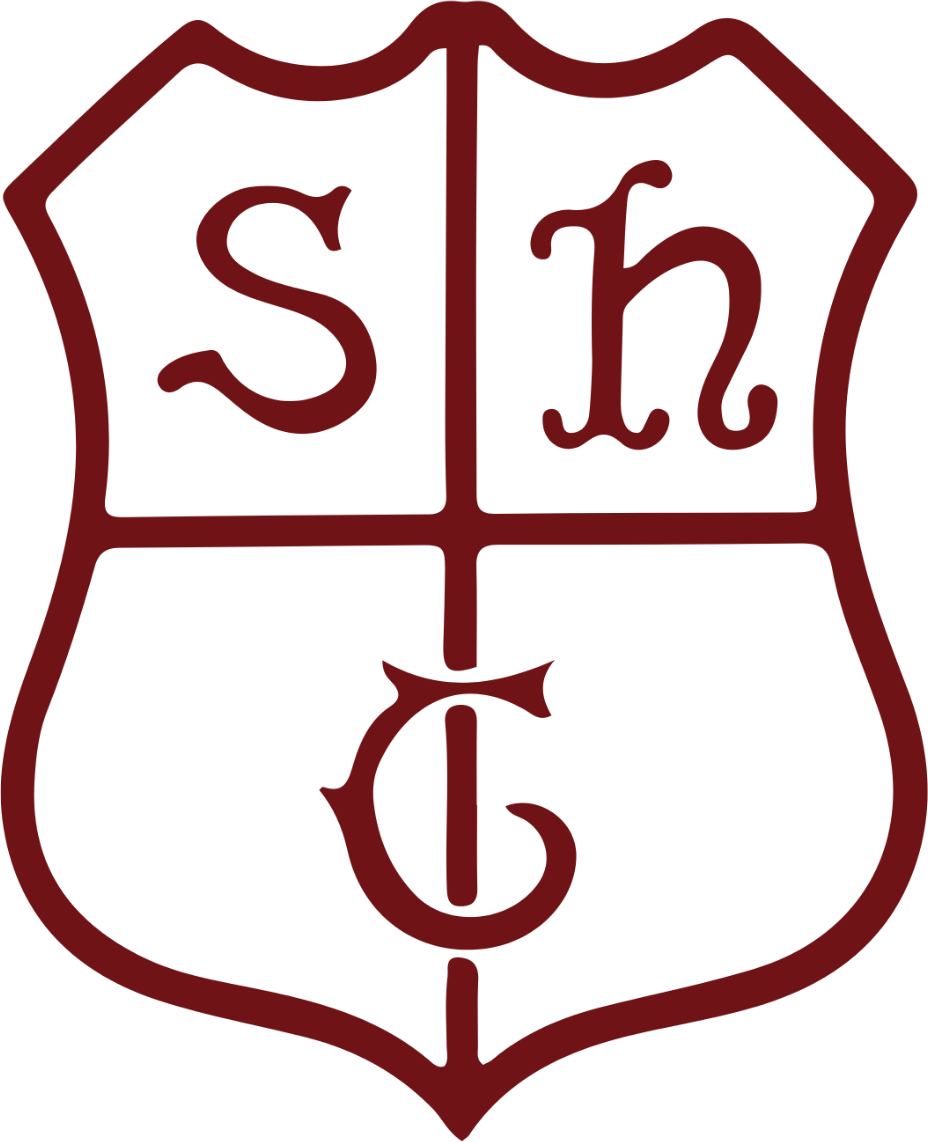
Religious Education
‘The outcome of excellent Religious Education is religiously literate and engaged young people who have the knowledge, understanding and skills – appropriate to their age and capacity – to reflect spiritually, and think ethically and theologically, and who are aware of the demands of religious commitment in everyday life.’
At Sacred Heart, the core intent at the heart of our Religious Education curriculum is to aspire all children to be confident in their faith and to provide children with quality teaching and learning that empowers them to reach their full potential. We aim to develop the children’s knowledge and understanding of their faith and to reflect on how their faith should affect their actions in their everyday lives. At Sacred Heart we aim to guide and foster the growth in faith of each child and to make RE lessons and worship special. As a Catholic School Religious Education is one of the core subjects alongside English, Mathematics and Science and each class dedicates 10% of the timetable to the teaching of RE throughout the week.
Religious Education is taught using the ‘Come and See’ scheme of work, making links to the Religious Education Curriculum Directory. This is supplemented with suitable materials from organisations such as Cafod, Caritas and Missio. The 'Come and See' programme has been formed in conjunction with the Religious Education Directory for Catholic Schools. This scheme of work has been developed to meet the needs of children today in their faith journey and to enable them to grow in their religious literacy and understanding in a way that is coherent with current educational principles. It is designed to support teachers in their delivery of religious education. It integrates the Catechism of the Catholic Church, the Catholic Levels of Attainment and the Religious Education Curriculum Directory.
At the heart of the programme is the mystery of God’s self revelation of love through Jesus Christ.
‘Come and See’ is based on the four Constitutions of the Second Vatican Council:
Revelation: God Speaks – finding meaning in life
Church: Christ is the light of the nations – Community of Earth
Christian Living; Joy and Hope – Way of life
Sacraments: Liturgy: Celebration – celebration in symbol and ritual
‘Come and See’ has been developed through three themes based around their Constitutions. The themes are gradually explored at greater depth – they are Church, Sacrament and Christian Living.
Teachers use the new assessment framework to plan for key skills, thus ensuring progression throughout the school. RE is taught through individual RE lessons but it is also interwoven through the whole range of subjects taught throughout the school.
At the heart of our classroom Religious Education curriculum are our ‘Big Questions’. These questions are used at the beginning and end of each topic and encourage the children to offer theories, work collaboratively, use reason and think critically. The children experience the revelation of each topic which is explored in more detail through looking at scripture readings in the Bible linked to the topics.
Throughout the school the children are taught about other faiths and as they journey through the school they learn about Judaism, Islam, Sikhism, Buddhism and Hinduism during our Other Faiths weeks.
Each class has an RE focal area. The cloths match the Liturgical seasons and candles are used to focus thoughts and prayers during RE lessons and worship. Our prayer leaders lead class collective worship and are involved in the planning and delivery of the worship. The children also take part in whole school assemblies twice a week, hymn practice and lead spontaneous class prayers.
The curriculum overview for Religious Education can be viewed in the following document:
Sacred Heart Religious Education Curriculum
- SH Religious Education Whole School Curriculum
- SH Religious Education Curriculum - Intent, Implementation and Impact
- SH Religious Education Programme of Study
- SH 'Come and See' Scheme of Work Overview
Further information about the Religious Education Curriculum taught in schools can be found in the Religious Education Curriculum Directory - this is currently under review and awaiting the approval of the Bishops of England and Wales. A link to this document will appear here, when it becomes available. Currently, we still follow the Curriculum Directory below.


